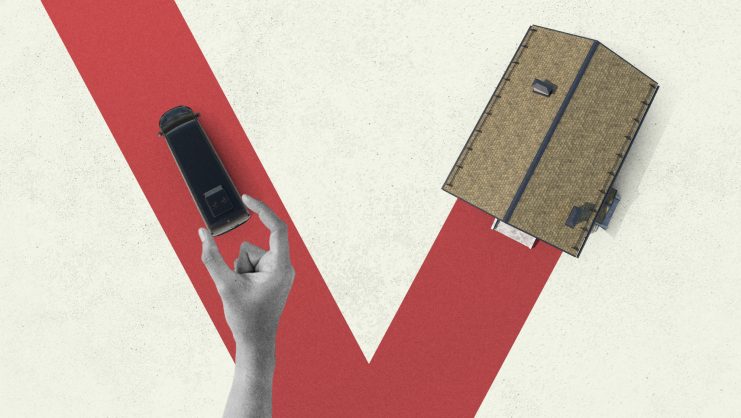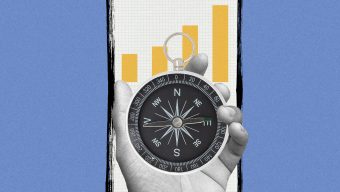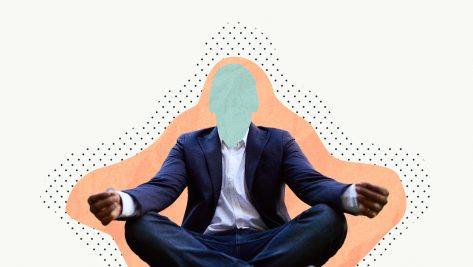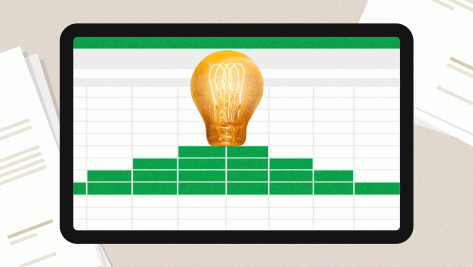Like it or not, artificial intelligence is here to stay – and it is already quite embedded in our lives. Opening your iPhone with facial recognition uses AI. The ads that pop up when you are scrolling social media use AI. That chatbot that appears with a friendly message offering assistance when you’re poking around a website is probably using AI.
The advent of the Internet, coupled with personal computers, tablets, and smartphones, put a vast array of information at our fingertips. It can sometimes feel overwhelming, all that information. AI tools can help with this. ChatGPT, for example, can function like a personal research assistant, quickly and efficiently presenting articulate answers to obscure questions or synthesizing complex theories for easy consumption. Driving apps that use AI can find the best route (or reroute to avoid traffic) while education apps using AI can customize interactive curriculum to help learners progress, for example with a new language. AI has the potential to help us become more efficient and more effective in carrying out our daily tasks.
While AI offers promising opportunities, it also raises concerns. These are still the early days of the technology and it is likely that over time, AI will have a profound effect on organizations and the people who work in and interact with them. AI-powered conversational agents are already transforming functions like customer service and training, and replacing some human-to-human interaction with human-to-machine interaction.
As AI becomes ever more prevalent, we must be aware of how it impacts our social connections and well-being. It’s crucial to safeguard human interaction and human flourishing and protect those who are vulnerable and facing displacement due to AI.
“Use it or lose it” is a phrase that applies to our connection “muscles” as well as our physical muscles. In a New York Times article published during the first year of the Covid-19 pandemic, “We’re All Socially Awkward Now,” Kate Murphy notes that “Research on prisoners, hermits, soldiers, astronauts, polar explorers and others who have spent extended periods in isolation indicates social skills are like muscles that atrophy from lack of use. People separated from society — by circumstance or by choice — report feeling more socially anxious, impulsive, awkward and intolerant when they return to normal life.” Research on oxytocin, a neuropeptide that increases naturally in our body when we connect with others, has found that it appears to calm our fears about interacting with someone else and improve our skills at connecting. In other words, the more we connect with other individuals, the better we become at connecting – and the less we connect with others, the more diminished our desire and ability will be. The bottom line is: We need to connect with real people, in a consistent way, in order to protect our desire and ability to connect.
Why is connection important? As we explain in our book, Connection Culture, social connection is a universal human need that, when met, makes us smarter, happier, more productive, more resilient, and capable of coping with stress. When our need for connection goes unmet, for example when we are lonely (i.e., don’t feel connected to the people around us) or socially isolated (i.e., not in the presence of others), we are more vulnerable to anxiety, depression, addiction, and suicide. This is why Dr. Vivek Murthy, the U.S. Surgeon General, has declared loneliness a national public health emergency and the U.K. and Japan have appointed ministers to address the loneliness epidemics in their respective countries. In laying out a framework for increasing social connection, the Surgeon General’s 2023 advisory recommends cultivating cultures of connection.
In the age of AI, we must each be cognizant of how we use our time so that engaging with machines doesn’t monopolize our waking hours, leaving us little time or energy for other humans. Screentime, and how it has crowded out in-person interactions, is one of the factors contributing to the global loneliness epidemic as well as mental health issues for youth. In the United States, the average adult already spends more than 10 hours a day engaged with devices that deliver media content. Teens spend an average of 8-½ hours a day on their devices on social media, texting, and gaming, and this is in addition to screentime spent at school or on homework. One writer observed that teens are spending so much of their discretionary time on screens that “It’s like screens have become their best buddies.”
Shared understanding is crucial for human connection.
AI is bound to make machines even more engaging – and this will likely seduce us into spending even more time with machines and less with people. And seduction is the right term. Aided by AI, media content creators are designing experiences that draw us in, entice us to watch one more episode, one more video, check out one more feed, until we lift our eyes and are surprised by how many minutes and hours have gone by.
To address concerns about screentime impact on family wellness, tools such as ARO are being developed to track smartphone usage, with the aim of encouraging users to prioritize people over their phones. There is a need for more tools like this, which provide ways to track time spent with machines versus people. Ironically, AI will likely play a part in our self-monitoring.
Adrienne LaFrance recently pointed out in The Atlantic that while Silicon Valley attracts those aiming for tech’s greater good, the hub also attracts individuals whose ambition outstrips their humanity. Of them, LaFrance wrote that they “promise community but sow division; claim to champion truth but spread lies; wrap themselves in concepts such as empowerment and liberty but surveil us relentlessly. The values that win out tend to be the ones that rob us of agency and keep us addicted to our feeds.” It will take a heightened awareness of technology’s seduction risk and how we spend our waking hours so that we can protect the time we need for social connection.
Shared understanding is crucial for human connection. When people have access to a common body of knowledge, they are more likely to come to a shared understanding and agreement. Whereas, seventy-five years ago, you could turn to the local newspaper or radio station, or a handful of national television networks to get news, today’s proliferation of news sources – from traditional media to individuals with a smartphone and a social media handle – means that obtaining a shared body of knowledge has become increasingly complex.
This fragmentation of media has led to the spread of misinformation and greater division and disconnection amongst people. Confirmation bias within tribes of people with similar beliefs and values grows stronger and lessens the presence of a broader marketplace of ideas and contrasting perspectives that can sharpen critical thinking and shared understanding. Adding to the public’s distrust in information is the ability of AI-powered tools to create deep fake images, videos, and audio recordings.
Social media algorithms tailor content to engage users, which can range from useful or harmless material like recipes and puppies to content that maligns individuals and demeans certain groups of people. There is a risk that AI-driven content may reinforce false narratives and exacerbate social fragmentation. Social psychologist Jonathan Haidt has argued that by adding “likes,” “shares,” and “retweets” to enable virality, the major social media platforms have transformed from tools that connect people to tools that measure status in numbers of likes, shares, retweets, friends, and followers. Another effect of fragmentation, Haidt argues, has been to increase stupidity and animosity in society. We need to be aware of this risk and be intentional about remaining open to diverse perspectives and empathetic towards people who might disagree with us.
There is no doubt that AI will create immense wealth… for some. This economic disparity will impact our connection amongst each other too. Since 1980, most of the wealth creation in the U.S. has gone to businesses and wealthy individuals. The average American worker has seen their compensation and benefits stagnate. Data from Gallup shows that they have moved from a state of struggling to suffering. This has further increased animosity towards business and government leaders, another factor in the rise in populism and support of politicians who demean business and government leaders.
As a society, we will need to help people who’ve lost their jobs due to AI. This includes the development of retraining, reskilling, and lifelong learning programs, as well as support services and networks at both the community and national level, to help individuals cope with the repercussions of lost work and to find new employment that provides both a living wage and meaning from doing work that serves others.
The key concept here is connectedness. Our devices are tools. We can decide how and when we use them. We can decide when we don’t. What makes us human, and what gives us joy and purpose on this Earth, is how we connect with one another and discover our common humanity. So, in order to get the best out of our technology – tools that will become increasingly more potent thanks to AI – we must safeguard our humanity, by protecting our in-person social time, strengthening our communities and networks, and by watching out for those us who might be less fortunate.
© IE Insights.











